- No.609, Centre Of Huijin Nanxiang, Yinxiang Road, Nanxiang Town, Jiading District, Shanghai, China
- sherry@sanmachines.com
- +86-18616767021
Introduction of fiber laser!
Wavelength of fiber laser
The wavelength of fiber laser is 1064nm.
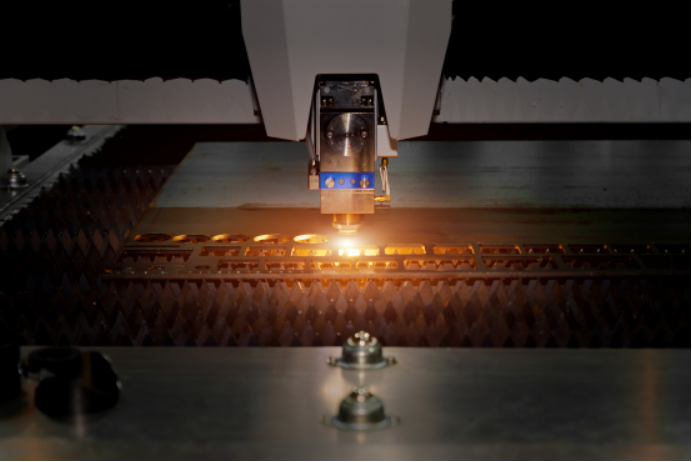
The 1064nm laser is Nd:YAG laser, which is a solid laser. Infrared fiber laser usually refers to erbium-doped fiber laser, which is pumped with 980nm/1480nm light. If Nd:YAG is used as the working material of fiber laser, it will emit 1064nm light; this is Nd:YAG fiber laser. The wavelength of the laser is determined by the energy level distribution of the laser gain material.
(1) Good beam quality.
The waveguide structure of the optical fiber determines that the fiber laser is easy to obtain single transverse mode output, and is less affected by external factors, and can achieve high-brightness laser output.
(2) High efficiency.
By selecting a semiconductor laser with an emission wavelength that matches the absorption characteristics of the doped rare earth element as the pump source, the fiber laser can achieve a very high light-to-light conversion efficiency. For high-power ytterbium-doped fiber lasers, 915 nanometers or 975 nanometers semiconductor lasers are generally selected. They have a long fluorescence lifetime and can effectively store energy to achieve high-power operation. The overall electro-optical efficiency of commercial fiber lasers is as high as 25%, which is conducive to reducing costs, energy saving and environmental protection.
(3) Good heat dissipation characteristics.
Fiber lasers use slender rare earth-doped optical fibers as laser gain media, and their surface area to volume ratio is very large. It is about 1,000 times that of solid block lasers, and has a natural advantage in heat dissipation capacity. In low and medium power conditions, there is no need for special cooling of the optical fiber. In high power conditions, water cooling is used to dissipate heat, which can also effectively avoid the degradation of beam quality and efficiency caused by thermal effects that are common in solid-state lasers.
(4) Compact structure and high reliability.
Since fiber lasers use small and soft optical fibers as laser gain media, it is beneficial to compress the volume and save costs. The pump source also uses a small and easy-to-modular semiconductor laser. Commercial products generally have pigtail outputs, combined with fiber Bragg gratings and other fiber-based devices. By fusing these devices together, full fiberization can be achieved. It has high immunity to environmental disturbances and high stability, which can save maintenance time and costs.
The generation of laser signals requires three basic conditions: population inversion, optical feedback, and reaching the laser threshold. Therefore, the laser is composed of three parts: working material, pump source, and resonant cavity. The basic structure of the fiber laser is as follows: the gain fiber is the gain medium that generates photons; the role of the pump light is to act as external energy to make the gain medium reach population inversion, that is, the pump source; the optical resonant cavity is composed of two mirrors, whose function is to allow photons to be fed back and amplified in the working medium. After the pump light enters the gain fiber, it is absorbed, which in turn reverses the energy level particle number in the gain medium. When the gain in the resonant cavity is higher than the loss, laser oscillation will be formed between the two mirrors, generating a laser signal output.
Related product links


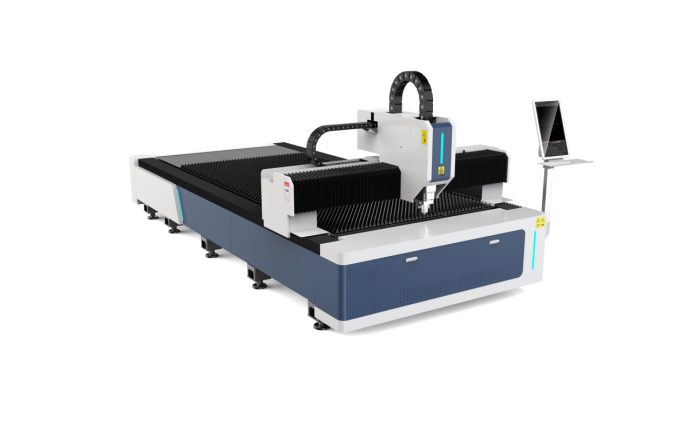
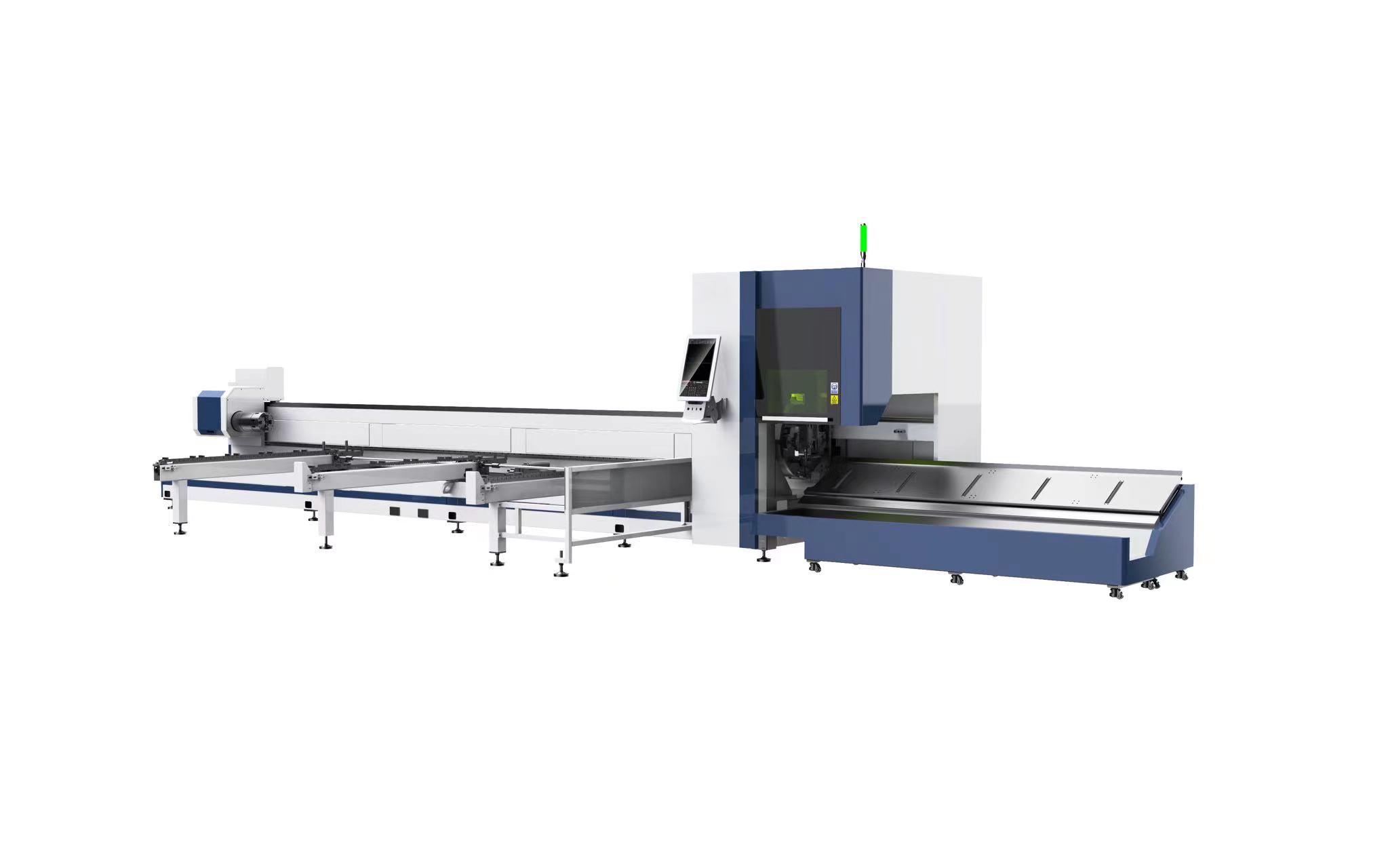
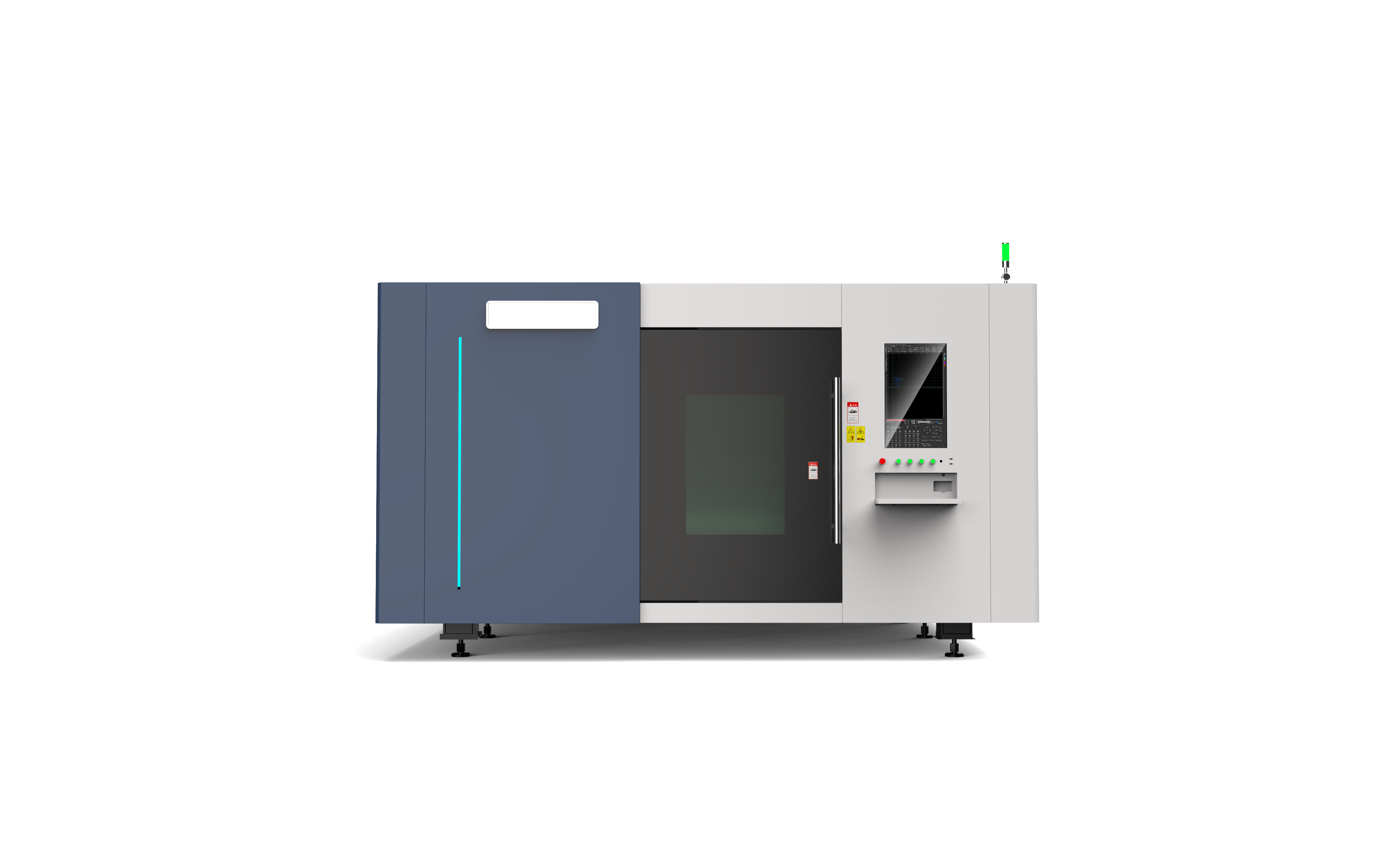

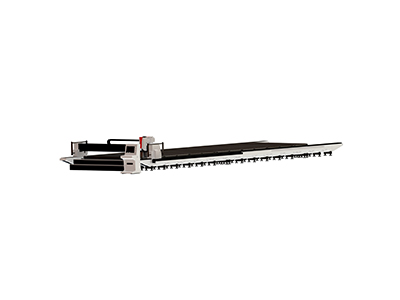
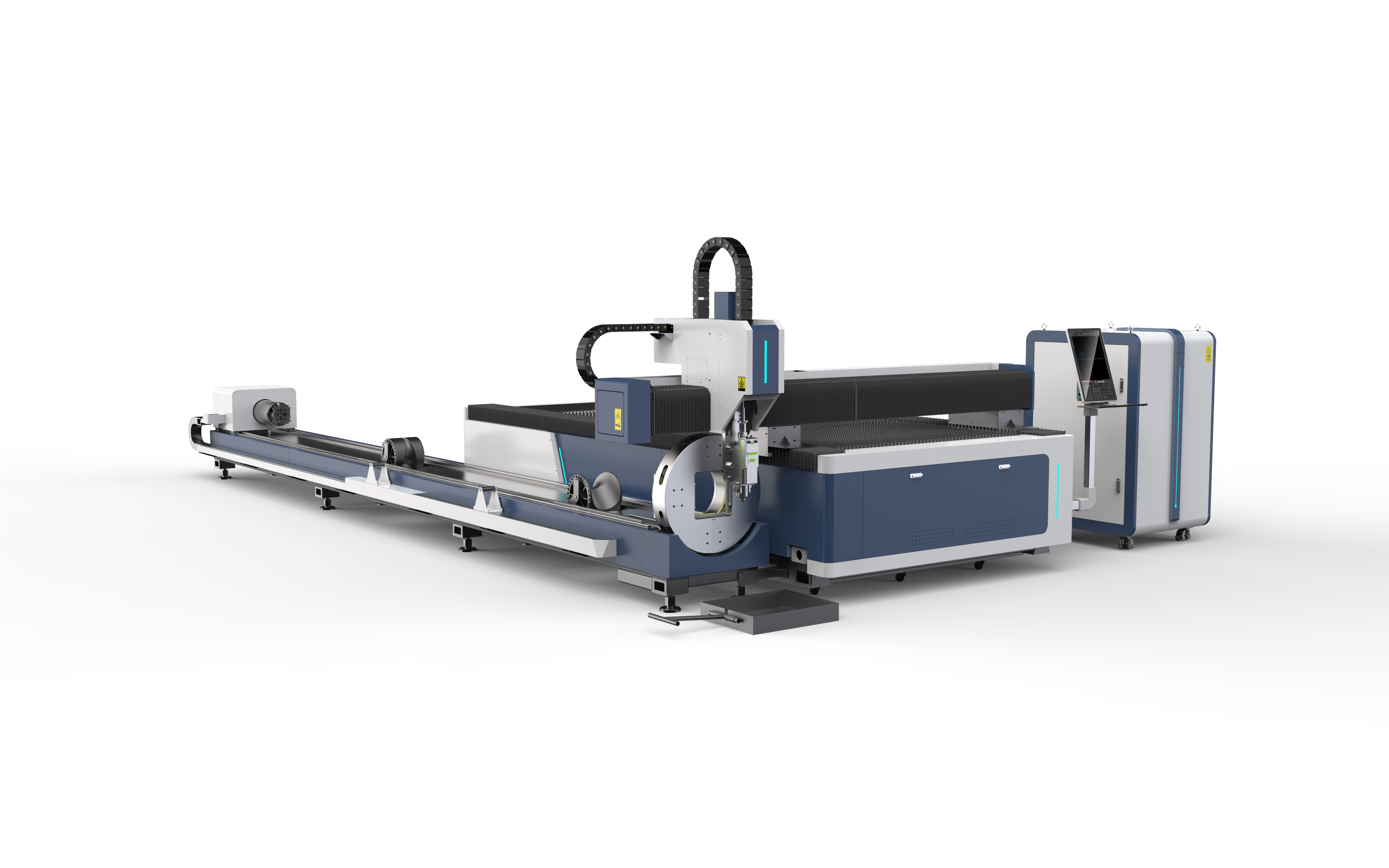
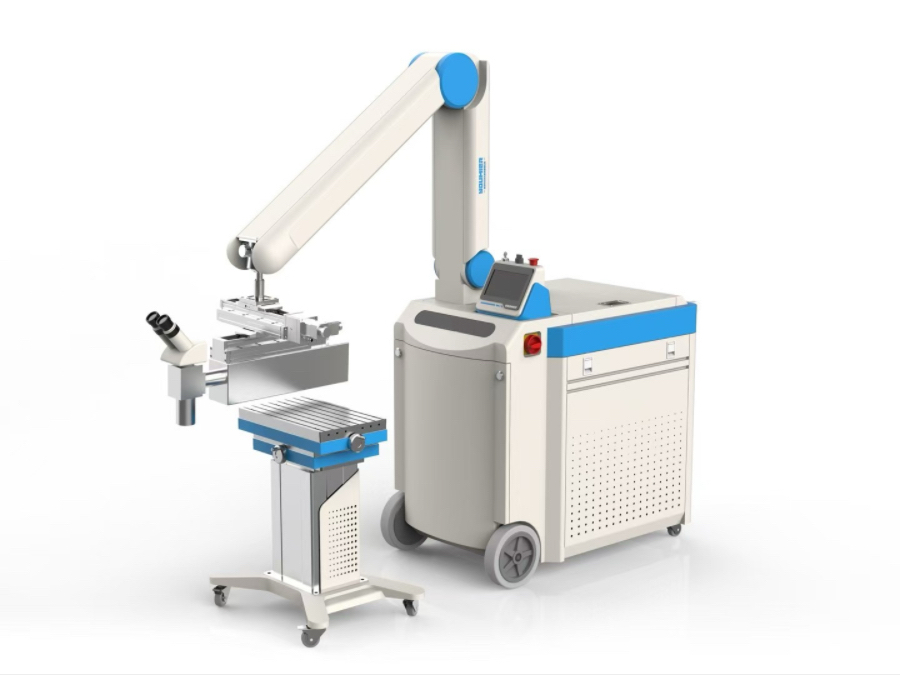

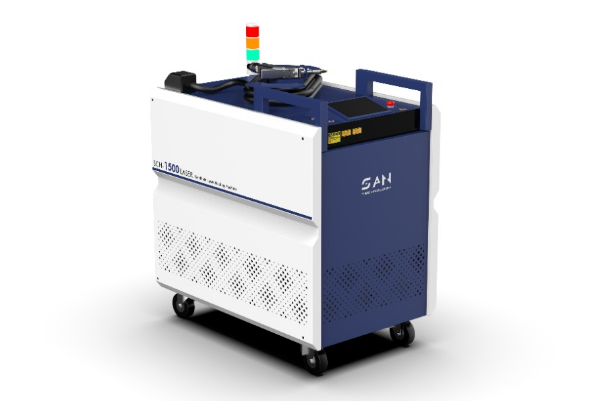
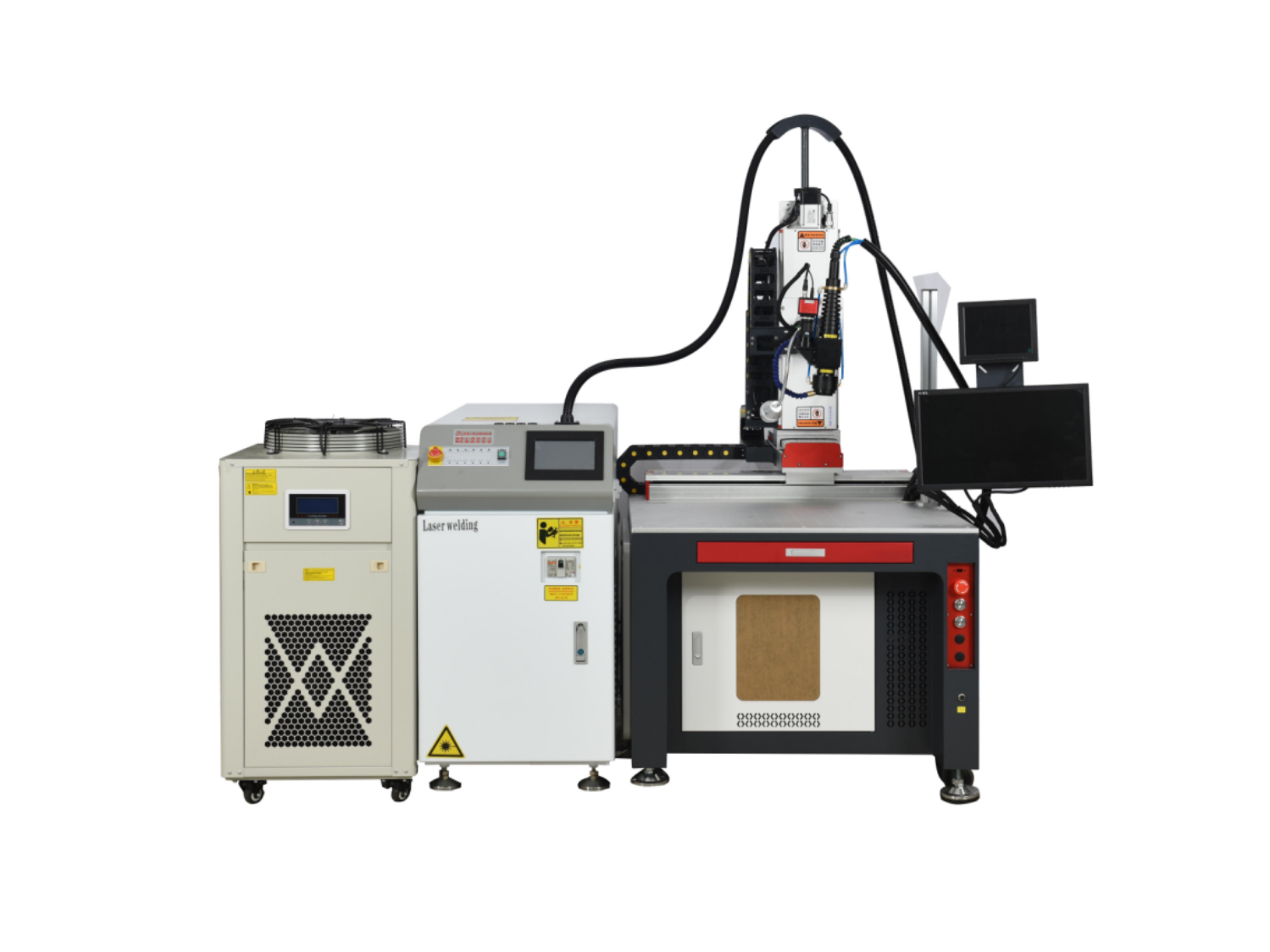
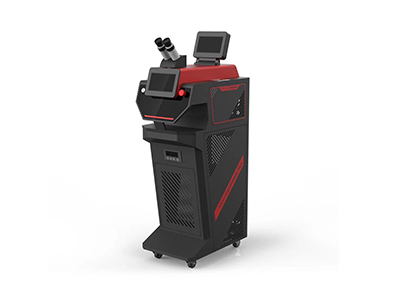
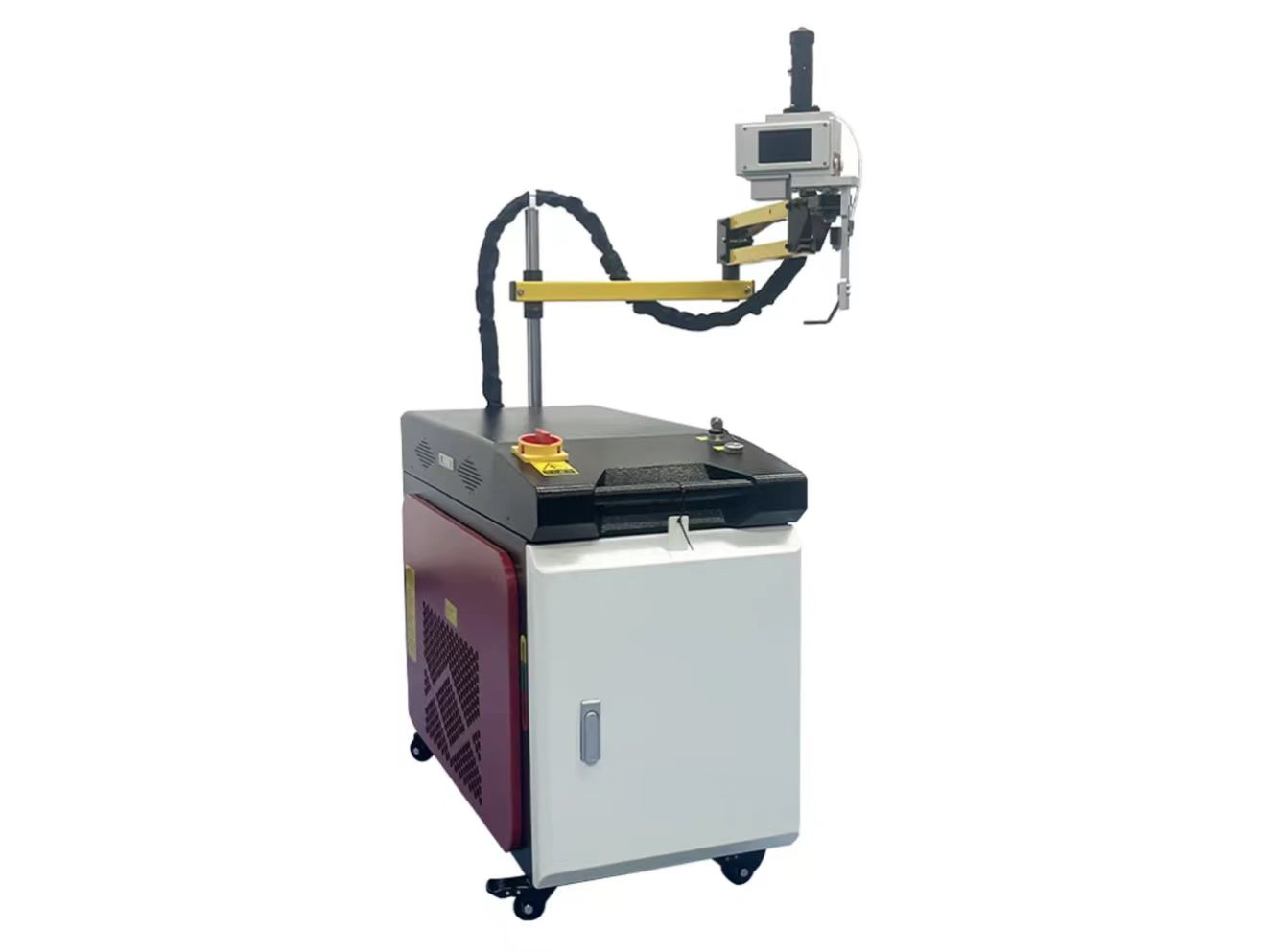
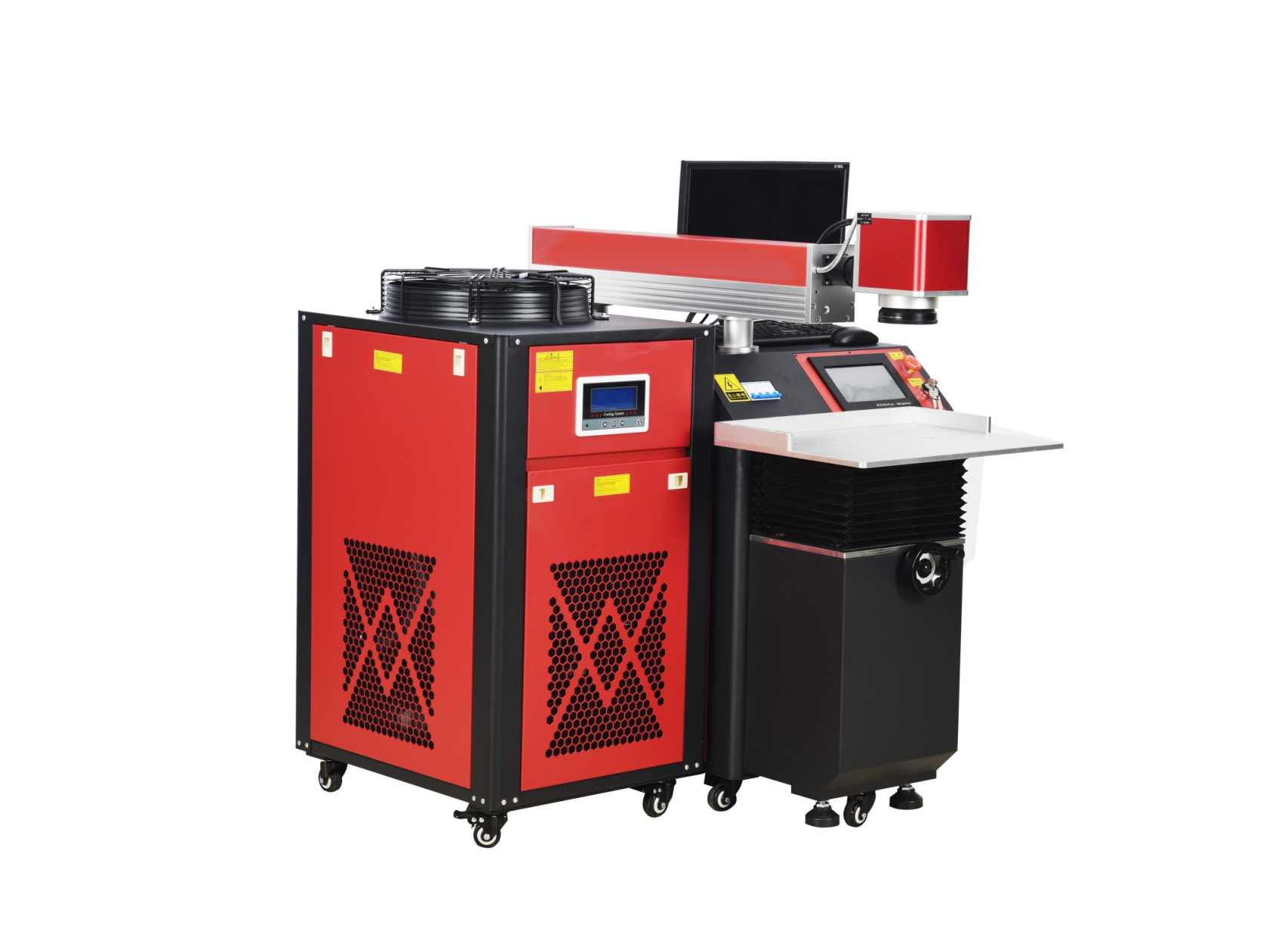
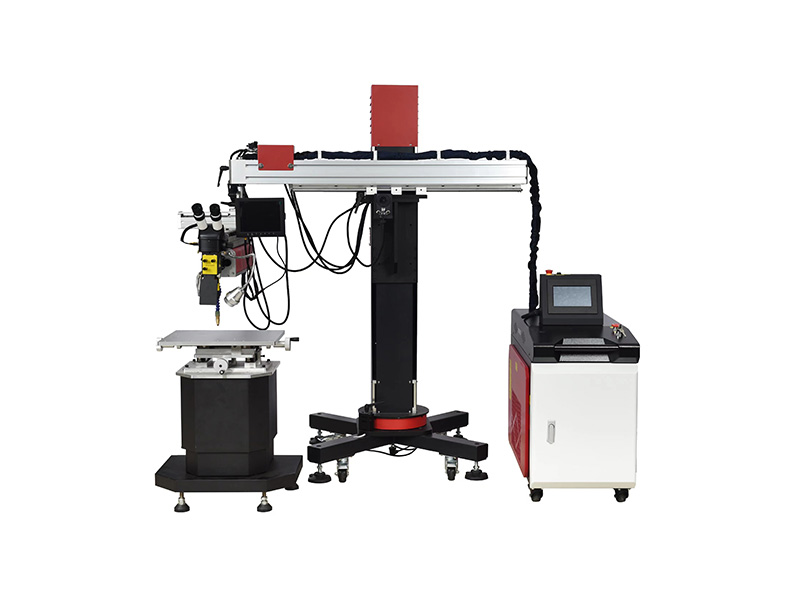
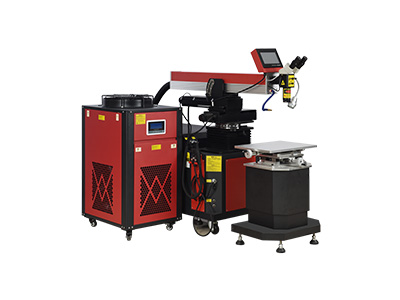

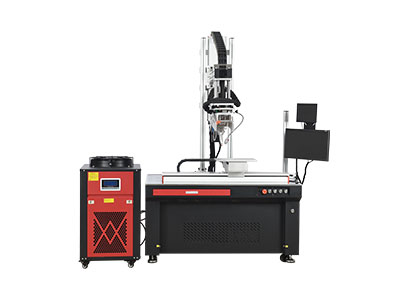
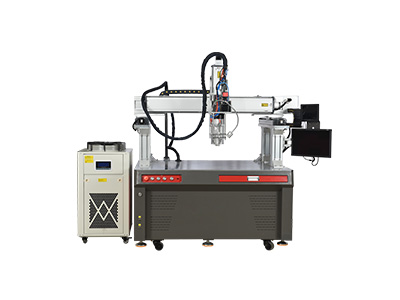
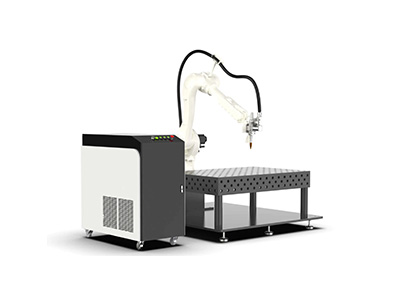
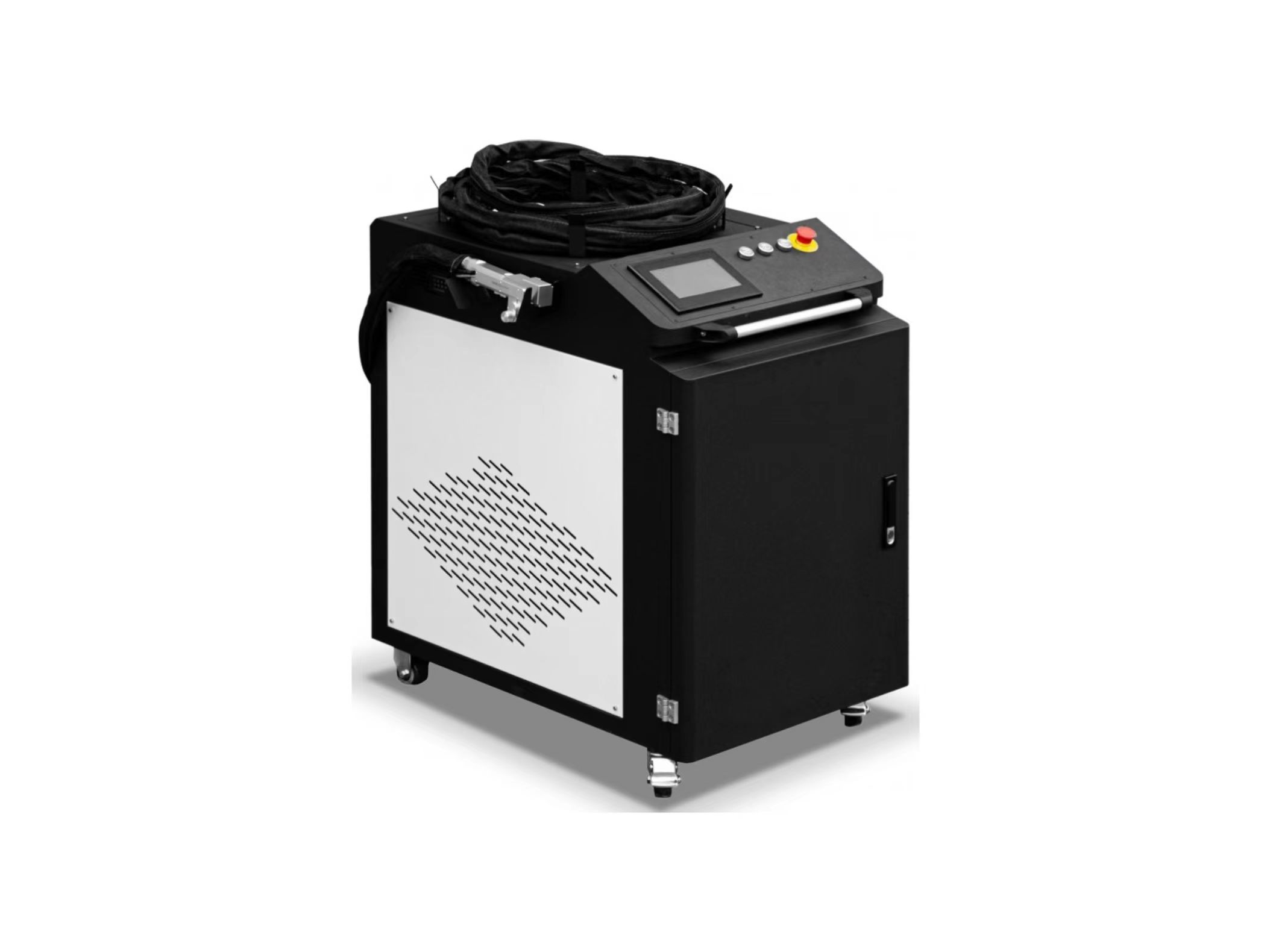
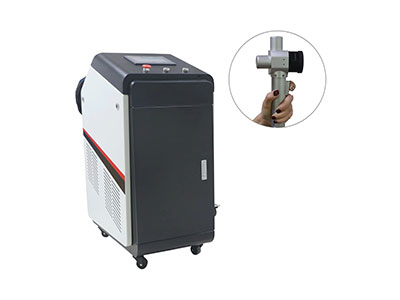

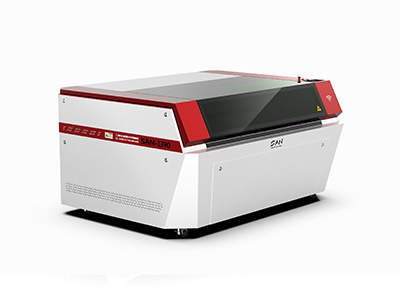
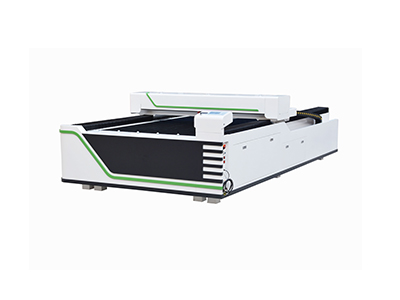
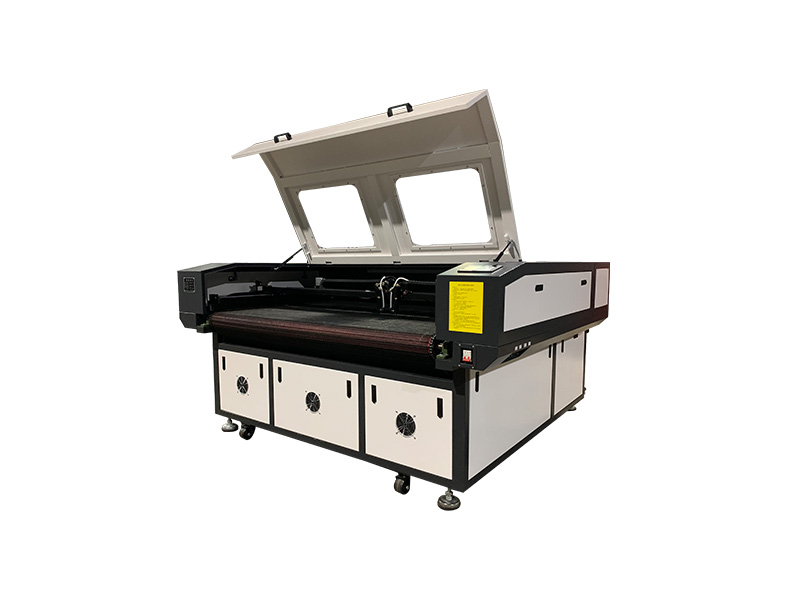

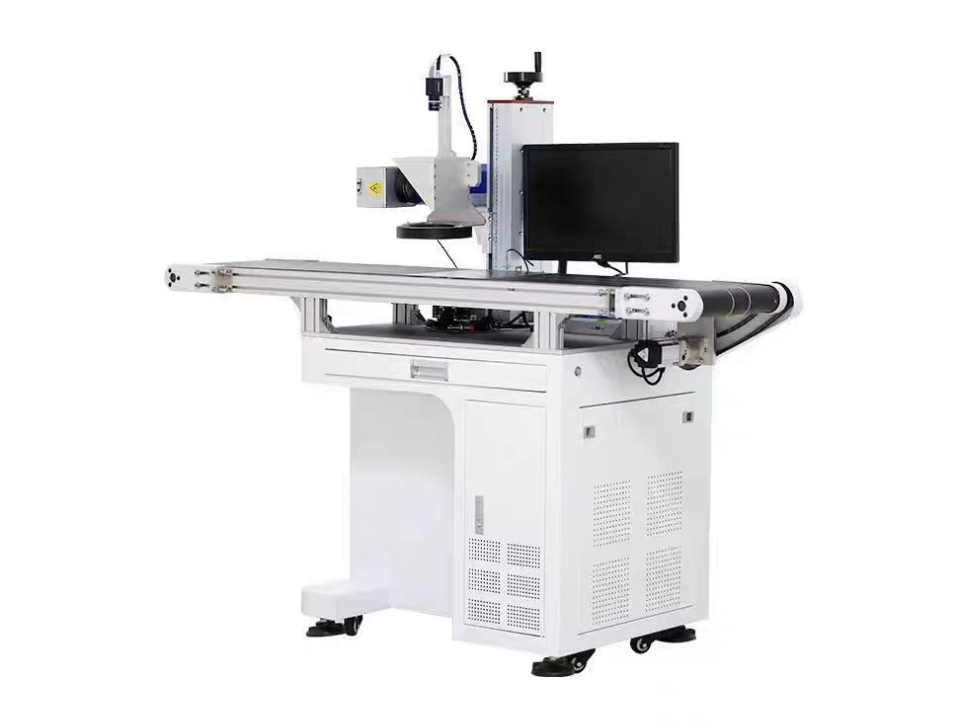
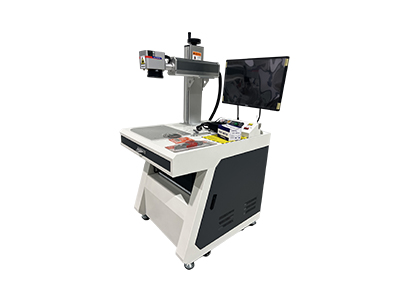
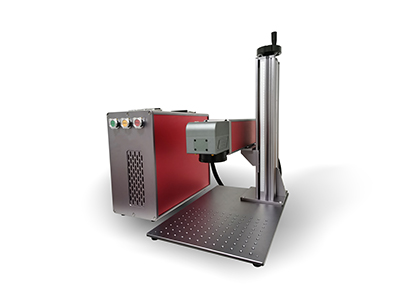
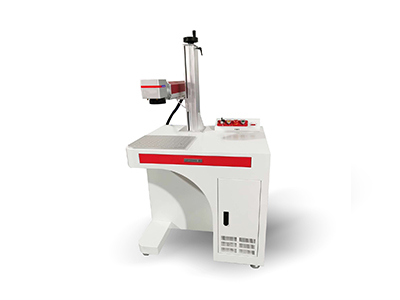
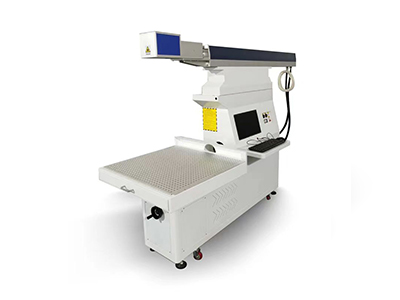
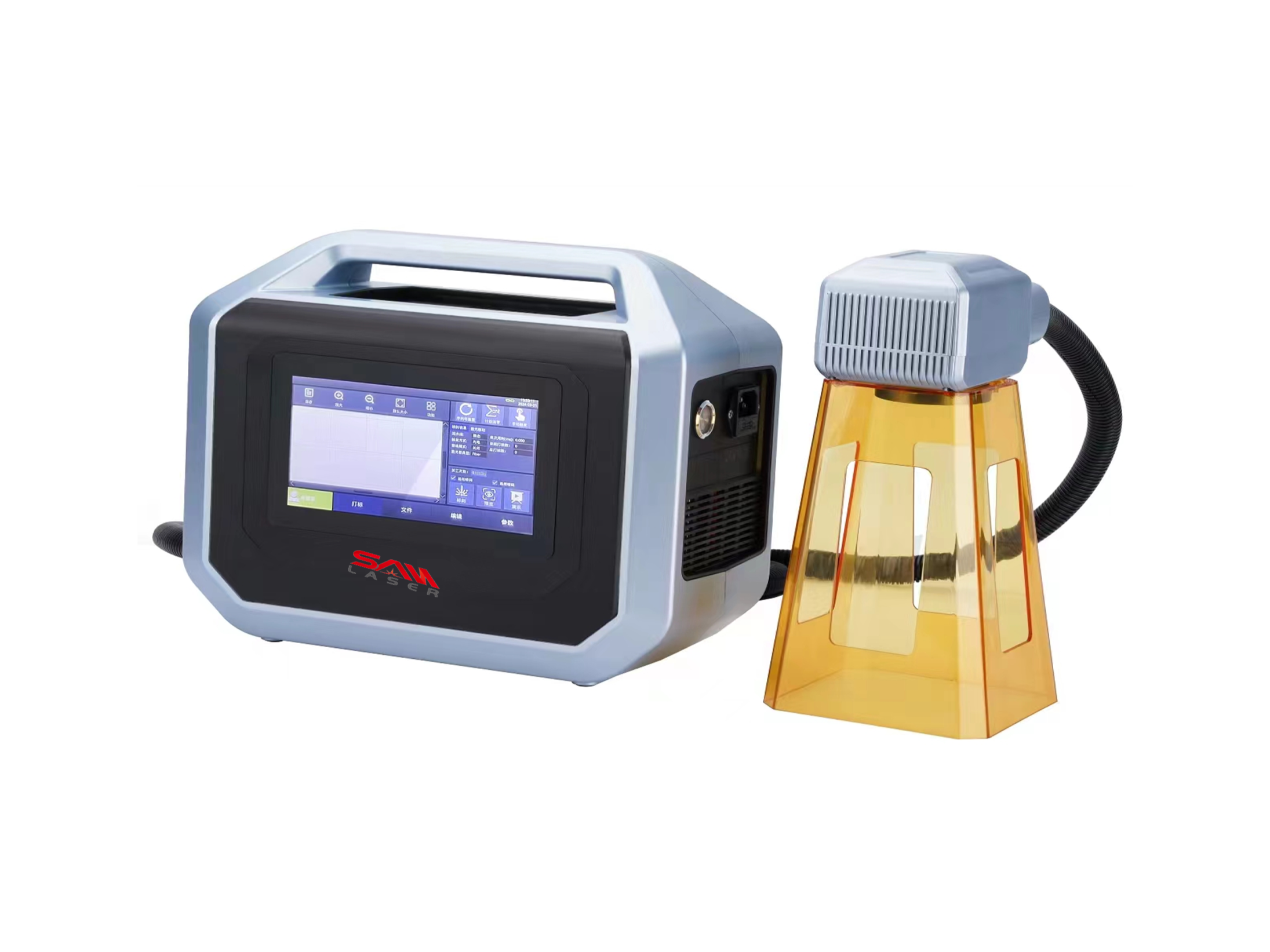
 Cutter News
Cutter News




